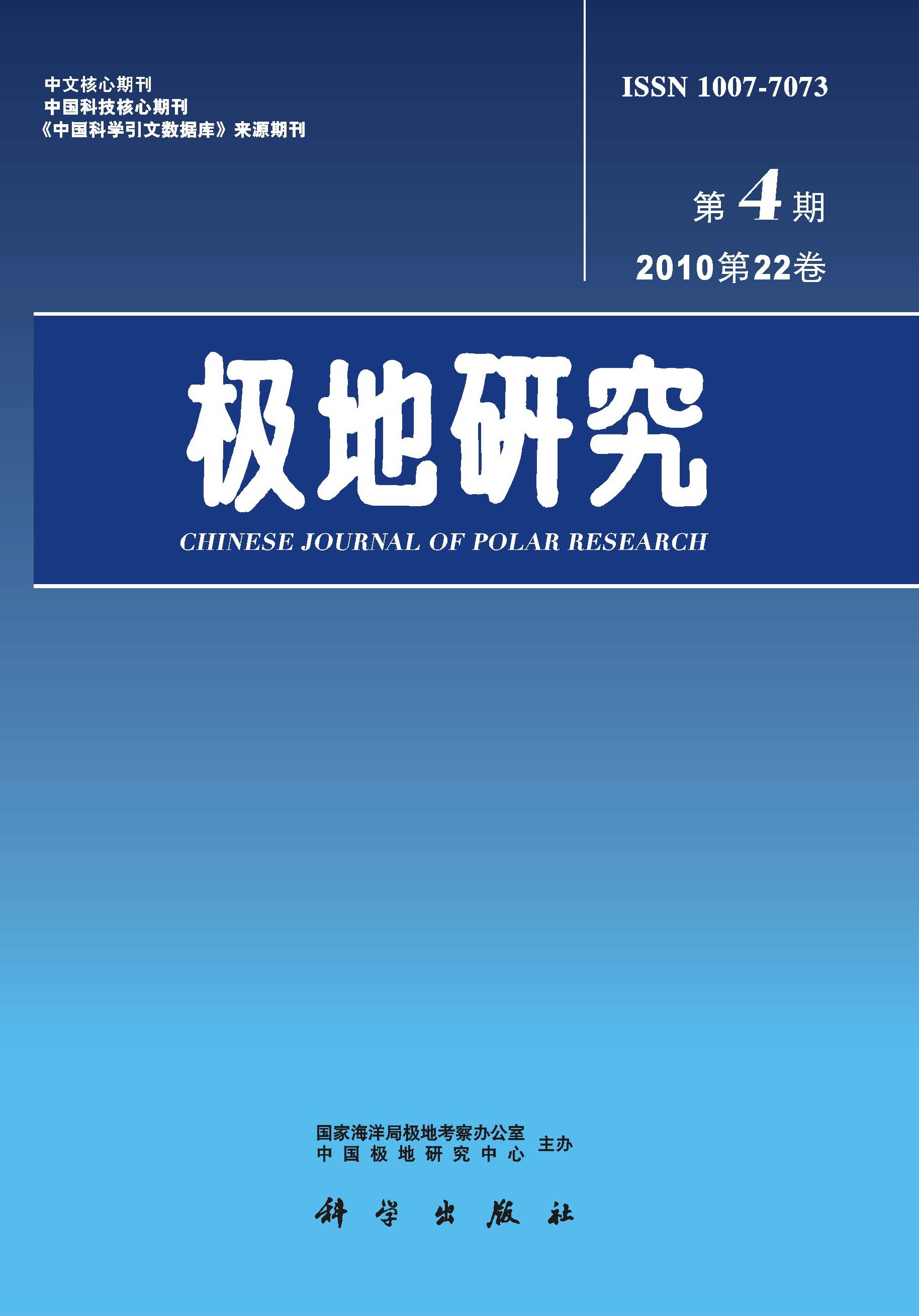Phytoplankton samples were collected from 34 stations in Prydz Bay and its adjacent South Indian Ocean,Antarctica during a period from December 1990 to January 1991.122 taxa belonging to 40 genera 5 phyla were identified,of which,percentage of diatoms was 73%,dinoflagellates was 20.5%,the other species 6.5%.The average cell abundance of nano- and microphytoplankton was 2551×10 4 cells/m 3 in surface waters.The concentration area of nano- and microphytoplankton occurred in Prydz Bay and its adjacent continent station Ⅳ7 and northern water area between West Ice Shelf and Shackleton Ice Shelf(Stations Ⅶ3,Ⅷ1,Ⅷ2,Ⅷ3,Ⅸ1,and Ⅺ1); and minimal abundance occurred in west northern water area of Prydz Bay (sector Ⅲ some stations and stations Ⅳ 1-5).The average cell abundance of nano- and microphytoplankton from net sample was 811.52 10 4 cells/m 3,of which,the concentration area occurred in adjacent continental waters off Prydz Bay (Stations Ⅳ2,Ⅳ4,Ⅳ5,Ⅳ7,Ⅴ4,Ⅴ5) and northern water area of West Ice Shelf (Stations 1 and 3); low abundance occurred in eastern water area of Shackleton Ice Shelf (at each station in sector Ⅹ and Ⅺ).Nano- and microphytoplankton maximum was usually found at the surface and above 50m depth,and gradually decreased with the water depth from 100m to 200m.the relationship of cell abundance of nano- and microphytoplankton with Euphausia superba density and N.P.Si.contnets was negative significance.

